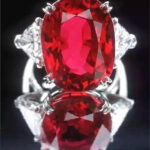Natural gemstones are treasured and continuously sought after for their beauty, rarity, and chemical stability, allowing them to be passed down through generations. The mining process for these gems is extremely challenging, and each stone must undergo meticulous selection, cutting, polishing, and design before it can be presented in its captivating form.
While diamonds, chrysoberyl, rubies, sapphires, and emeralds are known as the “Big Five” gemstones, with large or vividly colored, high-clarity specimens often being priceless and accessible only to the elite, there exists a world of lesser-known gemstones that are equally, if not more, rare.
These stones are not only scarce in production but also possess unique colors and lustrous qualities that captivate enthusiasts. Let’s explore some of these hidden gems.
01
Jeremejevite
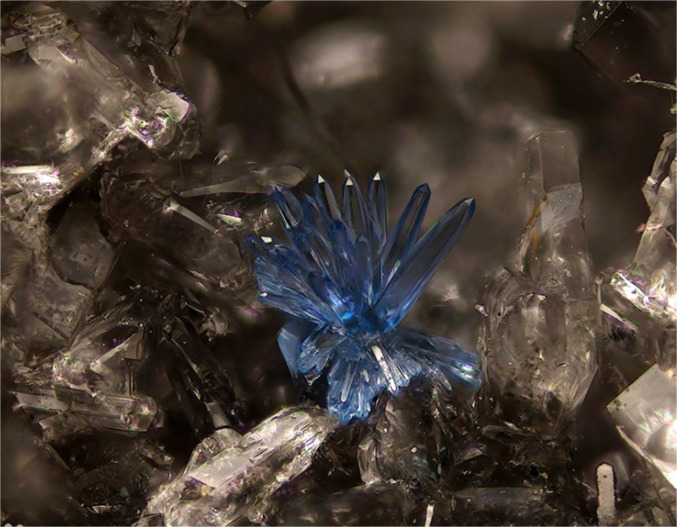
Jeremejevite typically forms between granite and pegmatite, growing alongside minerals such as tourmaline, albite, and quartz. It belongs to the hexagonal crystal system, featuring well-developed hexagonal prisms and pyramids. The most famous source of jeremejevite is Namibia in Africa. Colors range from colorless to white, pale yellow, and light blue, with pleochroism (colorless-pale blue-violet).
Blue crystals are usually smaller and contain more inclusions, making them more suitable as mineral specimens rather than faceted gemstones.
02
Musgravite
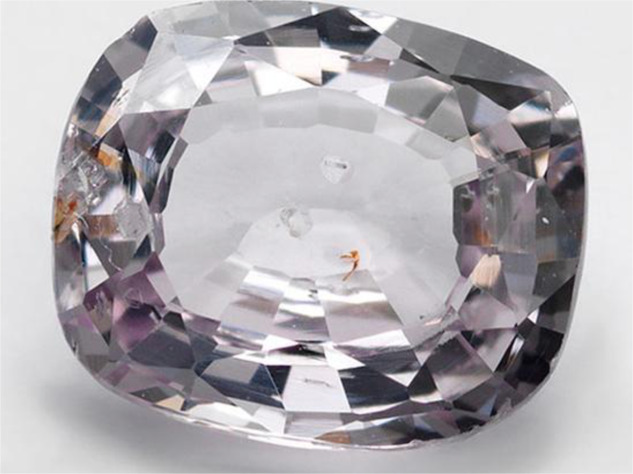
This gemstone was first discovered in 1967 in South Australia and named after the Musgrave Ranges where it was found. Subsequently, small quantities have been discovered in Greenland, Madagascar, and Antarctica.
Until 2005, only eight distinctly shaped, pure-colored gemstones had been cut from this mineral. The world’s largest musgravite is owned by a jewelry export company in Sri Lanka and was certified by the Gübelin Laboratory in Lucerne, Switzerland, on September 6, 2007.
03
Grandidierite
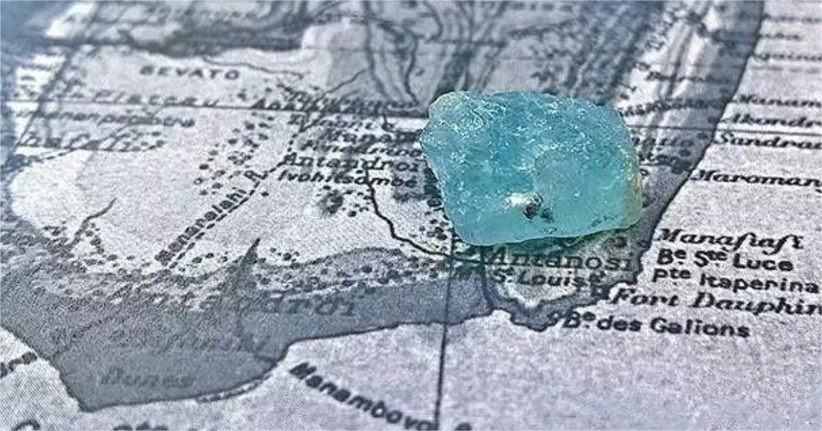
Grandidierite belongs to the orthorhombic crystal system, typically forming short prismatic crystals. It was first discovered in Madagascar in 1902 by French mineralogist Alfred Lacroix, with the first complete specimen found in Sri Lanka. However, it is now primarily found only in Madagascar.
Grandidierite exhibits pleochroism, reflecting multiple colors under polarized light. Its vibrant blue-green color, similar to the exquisite Paraiba tourmaline, makes it highly valuable despite its relative obscurity. According to the Guinness World Records, the largest faceted grandidierite is 78.07 carats, owned by Joseph Fam from Singapore.
04
Benitoite

Benitoite primarily occurs in serpentinite, associated with neptunite and natrolite. The only gem-quality benitoite crystals in the world are found in San Benito County, California, USA, and are extremely rare. Clean, faceted stones over 1 carat are exceptionally scarce and highly prized by collectors.
The mineral was first named “benitoite” in 1907 by American geologist George Louderback, after its discovery location near the San Benito River in California. Benitoite is also the official state gem of California.
While its color characteristics are similar to sapphire, benitoite exhibits strong pleochroism, appearing blue when viewed from the top facet and colorless when viewed parallel to the girdle, distinctly different from sapphire’s blue-green or green-blue pleochroism.
05
Red Beryl
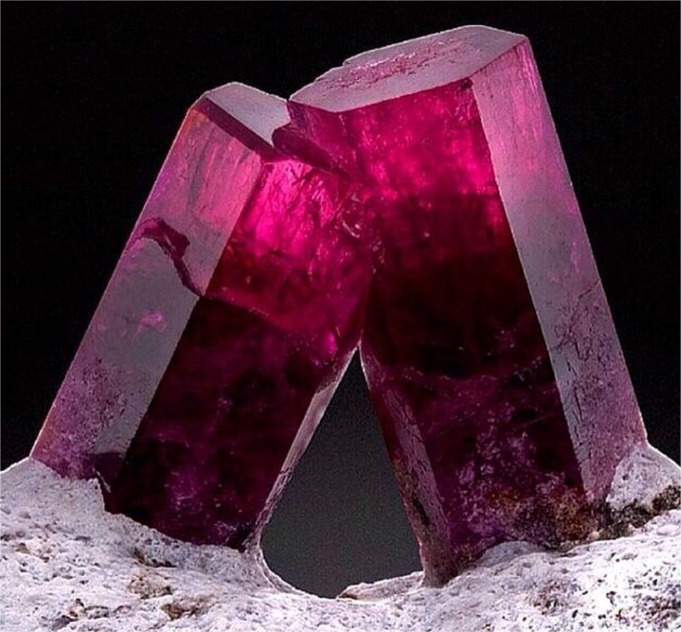
Red beryl is a member of the beryl family, found in the Thomas Range of Utah, USA. Its color ranges from deep pink to dark pale brown. The first red beryl was discovered in California, appearing as a pale rose color and associated with tourmaline. Some high-quality red beryl specimens come from Madagascar, while Brazil produces pure pink crystals and some that contain both aquamarine and red beryl.
In 1998, a gem mining company in Utah purchased the mining rights for $10 million. The annual production of red beryl is only 5,000 to 7,000 carats. The company markets it as “red emerald,” promoting it as one of the world’s rarest gemstones, with specimens priced up to $10,000 per carat. The reddest red beryl samples are typically less than one carat and extremely rare. Red beryl stones of 2-3 carats are considered quite large for this gemstone.
Unveiling Earth’s Hidden Treasures: Rare Gemstones You’ve Never Heard Of
Tweet

